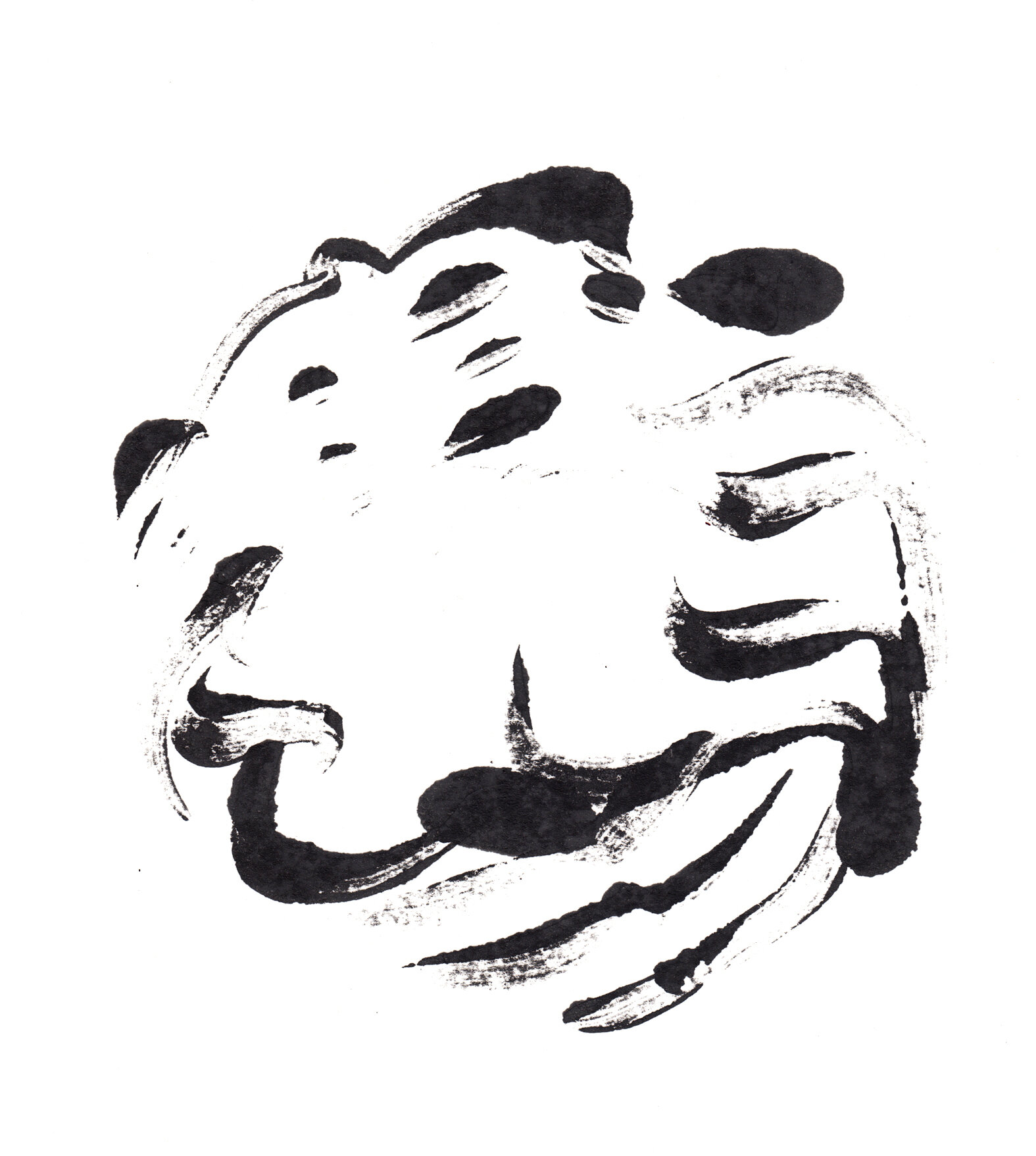Visualising Birdsong
A self-directed one-week residency at Fermynwoods Contemporary Art Sudborough Green Lodge in 2015 to explore visualising birdsong using field recordings gathered from Durrell Wildlife Conservation Trust in Jersey.
The residency offered the time and space to focus on listening and responding to the Kirindy Forest composition, a sound recording featuring a mix of vocalisations from endangered birds, including the Hammerkop, Red Fody and White-faced whistling duck inside the closure and more common birdsong outside of the enclosure.
The responses to the sound recording can be seen below, using a range of drawing and painting mediums and monoprinting onto paper to produce expressive and gestural marks in response to the tone, pitch, volume and direction of the bird’s songs and calls. Alongside this I’ve developed a birdsong register which features over 50 hand drawn symbols for 25 species, which I feel best represent the vocalisation of each birds’ call or song.
Drawing is a method to document my experiences of listening to birds, to demonstrate the complexities in their vocalisations, expressing rhythm and timbre using hand-made marks. It is a direct development taken from listening, recording, editing, identifying and transcribing bird sound. The work isn’t a scientifically correct representation of a sonogram, but rather a method of automatism and interpretation of the wide range of marks produced by this tool. The Sound Approach to birding, a book used to identify birds’ states ‘Bird sound has structure, but you can only see it in a sonogram.’
Transcribing bird sound could be seen as a method for generating another language, but one that has many accents and the freedom to develop with new ‘words’ being added and adjusted, similar to the work of artist Olga Karlikova who made works from her garden to demonstrate the sounds of birds and frogs.








